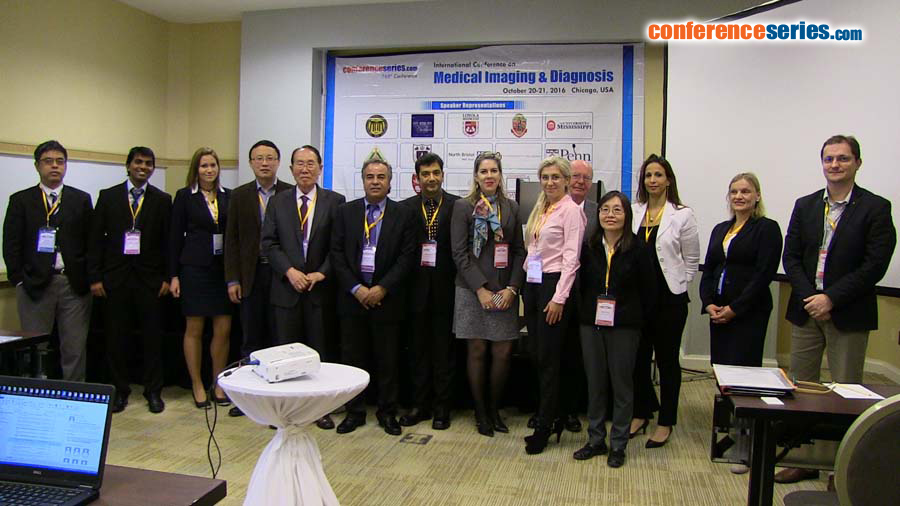
Michael L Goris
Stanford University School of Medicine, USA
Title: Clinical validation of diagnostic imaging procedures
Biography
Biography: Michael L Goris
Abstract
When new imaging is introduced in clinical settings, little is known about their potential to improve care. Acceptance is mostly based on how well structures can be seen on the images. True clinical validations are perceived as time expensive and difficult to fund. In this paper we look for alternatives. The defining diagnosis (e.g. by histology, microbiology) is a type of taxonomy, but is that taxonomy related to outcome? The validation of defining diagnostic technique is solipsistic. We will look at: Outcome analysis: Since imaging represents only a few steps in a chain of diagnostic and therapeutic interventions, it is difficult to ascribe the outcome to any specific link. The performance of an imaging test may be excellent, but there may still be adverse outcomes; outcomes evaluations of imaging are rare. Predictive power: A taxonomic exact diagnosis may not be predictive. If the median survival time is n years: 50% percent die earlier, 50% later. Staging refines the prognosis, or the expected response to a particular therapy. Imaging can predict if therapy will fail or succeed. Predicting taxonomy: The most relevant aspect of this approach is that at some point there has to be a defining test. Or that a ground truth is assumed to be known. The major problem is verification bias in the first case. There are ways to overcome is verification bias. Discriminating power: It is the ability to distinguish between closely related populations in all aspects except the actual disease. Equivalence: It is based on the (false) assumption that a gold standard reflects the ground truth. The result is the inability to show diagnostic superiority (no worse than). In conclusion, there are approaches to evaluate diagnostic imaging, which are both valid and not too expensive.



